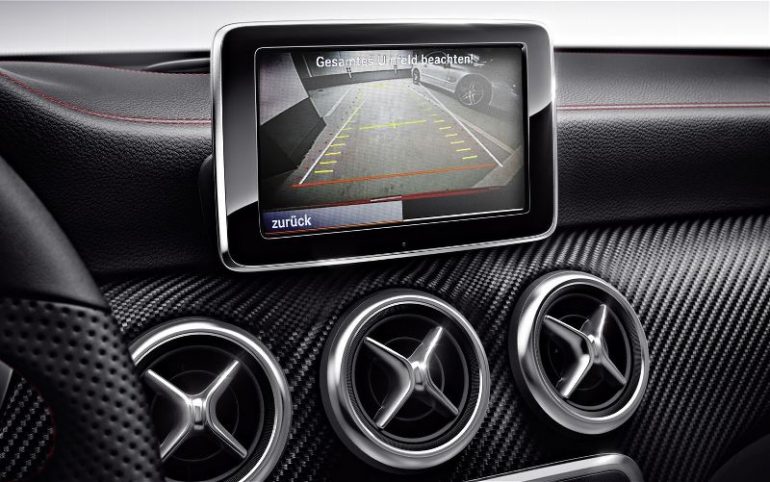If you are currently on the market for a new car, you should not be surprised about how technologically integrated new vehicles are becoming. Not only are these advances making your ride more enjoyable, by encouraging ease of use regarding smartphone and music entertainment, but your favorite car brands are consistently releasing new technology to keep you and your passengers safe.
A feature that used to be resigned to only appearing in bigger trucks an SUV’s is now being integrated into even the smallest sedans, namely, backup cameras. The National Highway Traffic Safety Administration (NHTSA) is now requiring that all road-legal vehicles under 10,000 pounds built as of May 1, 2018 will require what they call “rear-view visibility systems” in every motor vehicle. The technology that the NHTSA is mandating specifies that rear-view systems need to show at least a 10×20 foot patch behind the vehicle.
The NHTSA has found through various studies that across the United States there are approximately 31,000 motor vehicle fatalities per year. From that statistic, the NHTSA has estimated that around 210 of those fatalities occur from backup accidents. Once all vehicles install the rear-view visibility systems, the NHTSA has estimated that by the 2054, 58-69 of those lives could be saved.
Rear-view cameras are easily integrated into a large, LCD display in the center stack of the vehicles console. At around 5 inches diagonal, the display will be large enough for a driver to see pets, children and bicycles behind them. Many car brands have made an effort to integrate the technology even before the NHTSA mandated it. The technology is quite simple; when the car is put into reverse by the driver, a display in the center console automatically kicks in to show an image taken from a camera mounted in the rear of the car. Not only does the LCD system make it easier for you to keep your passengers safe, but the display also has a variety of features, from working as a GPS, to utilizing vocal technology, to make switching a song on your mp3 player easier and hands free.
If you are currently on the lookout for a new car, keep your eyes peeled for vehicles that are joining the early rush and incorporating backup camera assistance. In addition, look for vehicles that combine this technology with parking sonars; this feature sees the things that our busy eyes can’t always see, and with these two features working side by side you can be sure that you are taking extra precautions to keep your family safe.
For more info, read more at Earnhardt Dodge Research Center.
